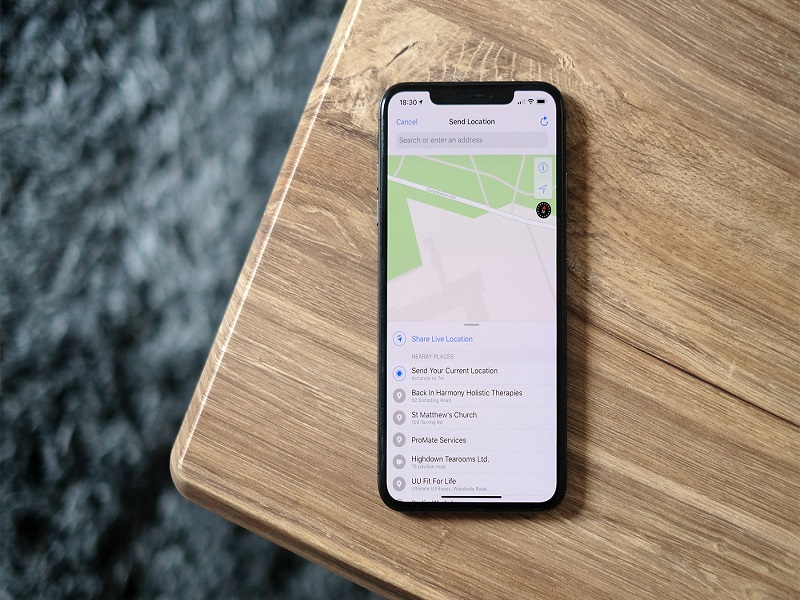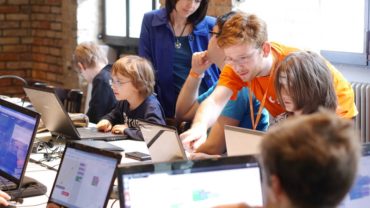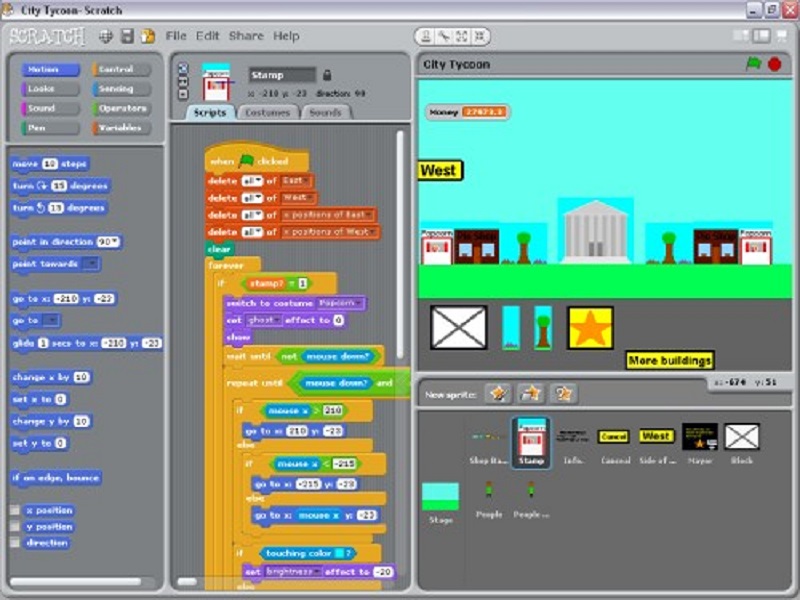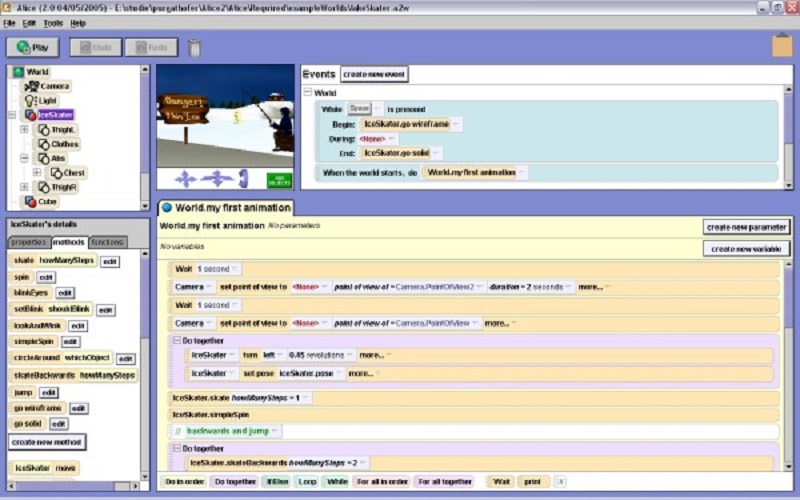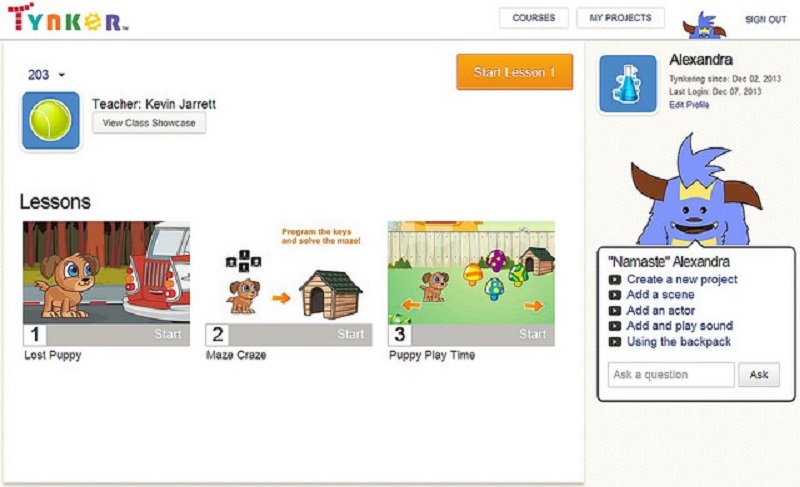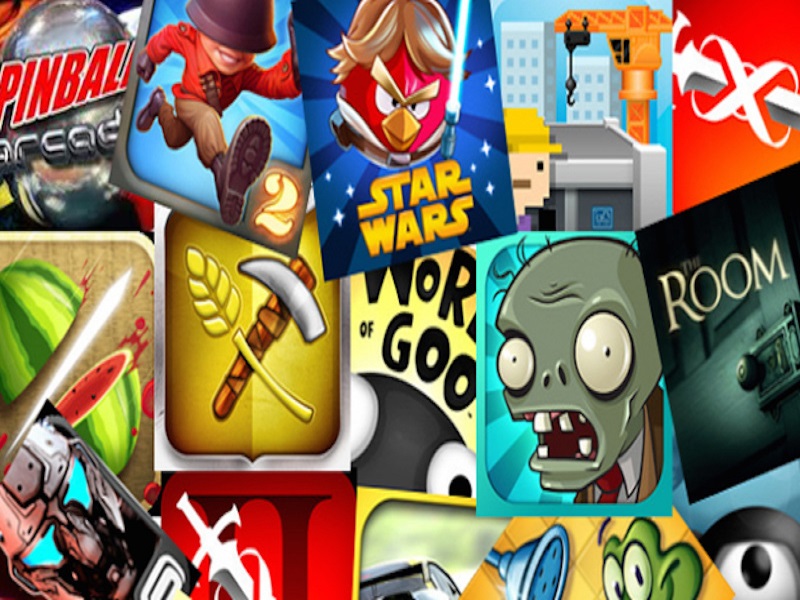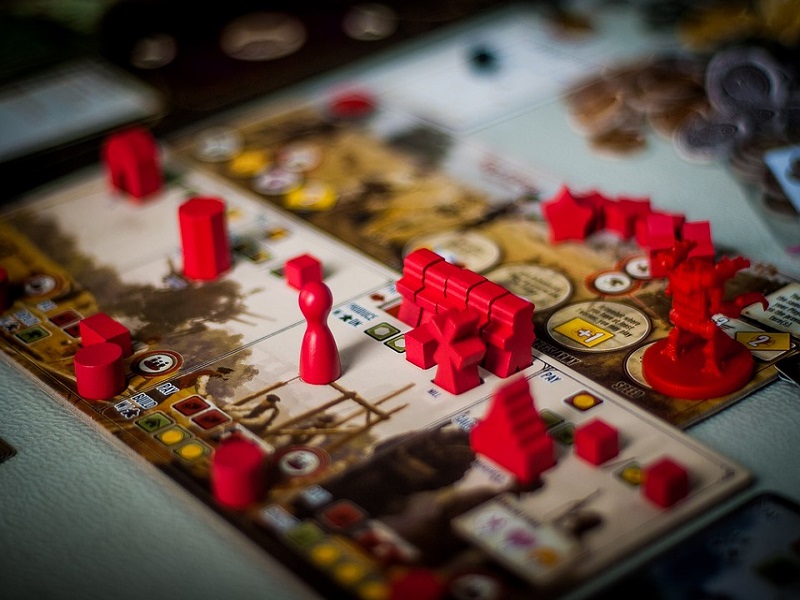Gone are the days of trusty Moleskine 18-month planners, scraps of to-do lists and family calendars hanging on the fridge. Full-time jobs and older kids mean more clubs, more appointments, more social life. Making a move to digital organization can take a load off and breathe new life into the family.
It’s never too early to help children learn to manage their time and be responsible for themselves too (to a point, obviously). It’s a skill that will help them on their path through life. And it’s surprising how little you need to do to organize family life. Often you have the apps and software on hand — you just need to rethink how you use them.
Digital Calendars
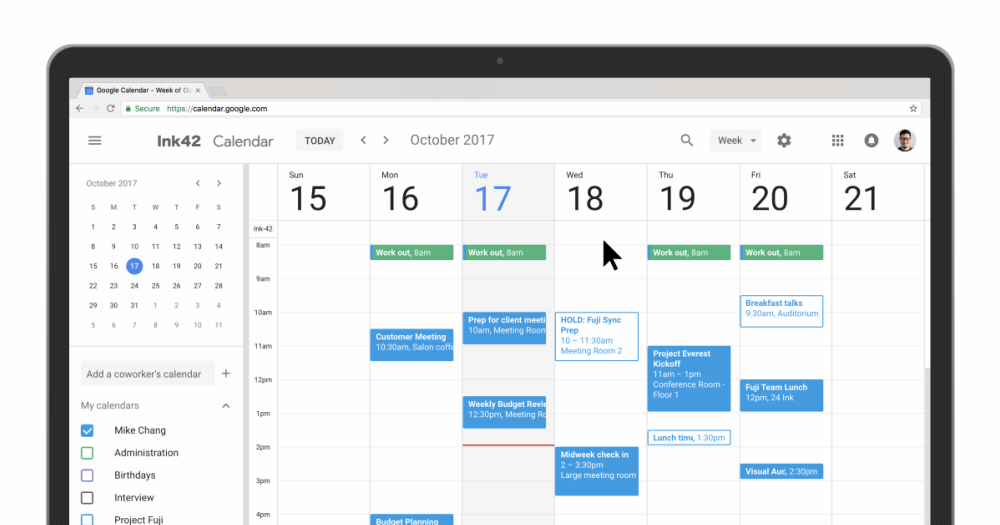
For many, this is the obvious starting point. You’re probably already using a calendar from Google, Outlook or iCloud for work, so it’s simple enough to add a family one. As the kids get older and their social lives start getting more hectic, give each of them a shared calendar of their own.
Using a shared calendar means you can arrange their clubs, events and playdates, and the kids, in theory, just need to check their phones to know if something is — or isn’t — happening. You can set notifications and alerts to remind them to get to that music lesson or swim meet. Connect their phones to a smartwatch and they’ll get the message even when their phone is silent.
You’ll be sorting their lives out initially, but steadily, they’ll realize they can take control of their calendars. Maybe start by having them load their school schedule. It’s good practice to get them into the habit of checking their calendar the night before, so they can pack their bag and be ready to take it in the morning.
For you, the color-coded calendars are not unlike Mrs. Weasley’s clock: You can see where everyone is at one glance. And everyone can see their own calendar as well as the shared family one on their phone, which, let’s face it, is attached to them anyway.

You’d think having everything right there in the palm of their hand would mean you can step back and watch them bloom into competent, organized young humans. Ha! Calendar’s all set up, but ping: “Mommy, when’s my drums lesson?” Ping: “Daddy, I forgot my football kit, could you drop it off, PURLLLEASE!” Ping: “Mommy, I’ve run out of money on my lunch card, could you load it, please?”
WhatsApp has probably been the single most-used way of keeping things moving smoothly in this house.
Some parents have a problem with WhatsApp and similar messaging apps — the minimum age of use for WhatsApp is 16 in Europe and 13 elsewhere — but it is what you make it. Of course, it’s vital you know whom your children are talking to, so when you’re setting rules for phone use, let them know that as parents, you can check their phone whenever the mood takes you. It’s also a great way to talk about friendships and what’s happening in their world. But for many, WhatsApp is how they keep in touch with extended family and share location, photos and files.
So how can WhatsApp keep the kids on task and organized? Essentially, it’s a parent in your pocket.
Get a family group going, though, and anyone can answer those quick questions or check arrangements — it doesn’t have to be Mom, Dad or caregiver. Because in a busy world, one person can’t manage a whole family’s schedule all the time. A WhatsApp group gives siblings the chance to step in and help out too. “Yeah, duh, Mom said meet at 3.30 — not listening again, bro?”
To help them keep track of vital information like when and where to meet, show the kids how to star messages to mark them as important. If you send a message with tickets, pdfs, files or arrangements, start the message with “STAR THIS.” These messages are stored together, so the kids can get to them quickly without having to scroll through thousands of others in the thread.
WhatsApp’s location-sharing feature is fantastic too. You just have to open the group or person you want to share with, click on “attachment” or “plus” and hit “share location.” You can share your location for 15 minutes, an hour or eight hours, which gives the kids the freedom and independence to explore their corner of the world without you having to get all panicky.
Charging Banks
When they’re out and about, sharing locations, information and generally keeping in touch, kids’ phones take a beating. It’s little surprise when batteries run out. To keep everything functioning smoothly, a behemoth charging pack, capable of juicing a phone multiple times, can be a lifesaver. Unlike the single-charge banks, these monsters give you the peace of mind that the kids’ phones will never run out of juice — and they’ll never have any excuse for being disorganized.
Wearables
The perfect accessory for any budding organized child, a smartwatch or fitness tracker connected with a phone is ideal for ensuring they get alerts and notifications during the day, when their phones are silent, which of course, they should be during school. We like the Fitbit Ace 2, which was built specifically for kids.
For the kids who are already super active, simply having the time and alert functions are great — and the competitive element of nailing step counts is not a bad thing. For children who have more sedentary skill sets — music, art, academics — they’re a fantastic reminder to get out there and explore the world: Take a walk and get that step count up, go for a bike ride into the woods to find a landscape to paint, stretch out after being stuck over a desk, instrument or video game. And they don’t have to cost a fortune.
Homework Software
Most schools are now fully on board with homework and tools like Firefly, Show My Homework and Frog. Designed to improve organization, these apps and websites help parents and kids manage tasks, time and co-curricular experiences by sending emails and alerts. Kids get notifications when homework is set and reminders when it’s due. And parents can see homework, deadlines and additional support material. If only we had this at school in our day! If the professionals in charge of children think apps and software can help them get organized and stay on task, we should go all in too.
Wrap-up
The benefits of having a routine and developing independence are all over parenting websites and pedagogical studies. Whether it’s sleep training infants, potty training toddlers or helping teens navigate the hormone years, at the root of all the advice is to get a routine in place and support them in their independence. Yes, we should let kids screw up, forget things and deal with the consequences, but we should also give them the resources they need to develop the skills that will stay them for life.



